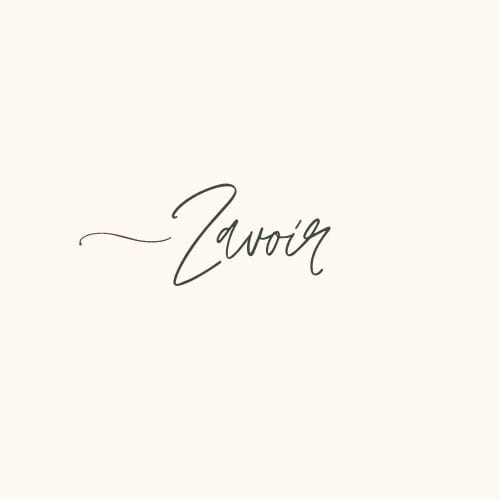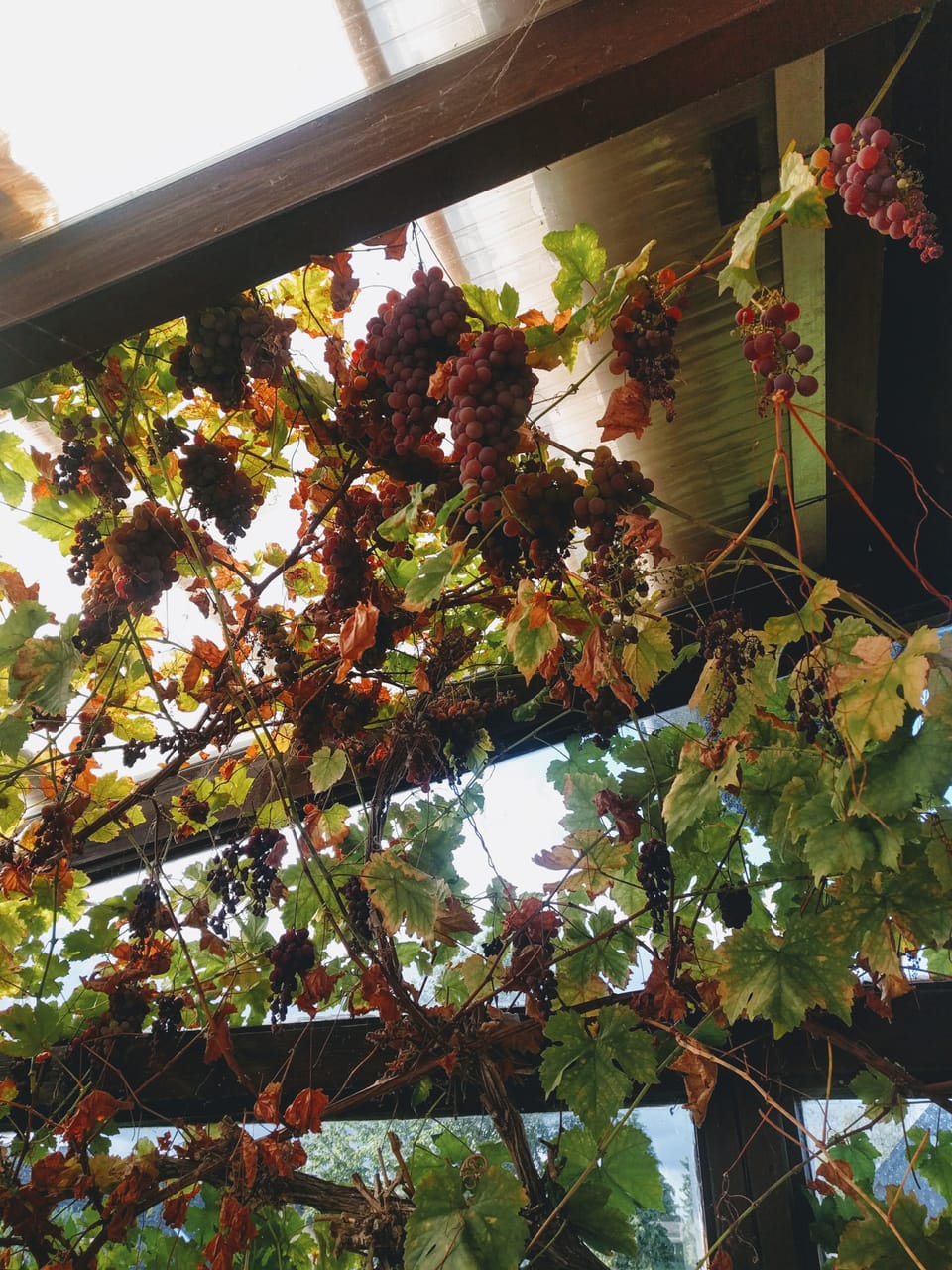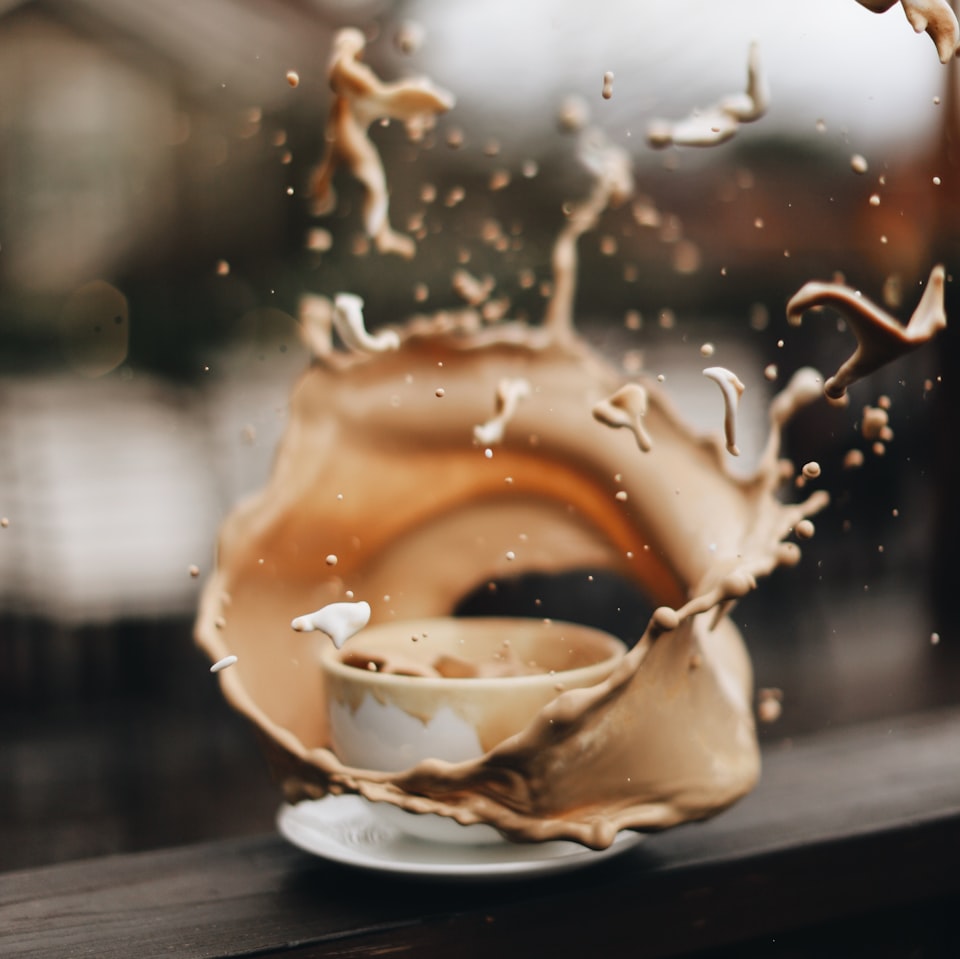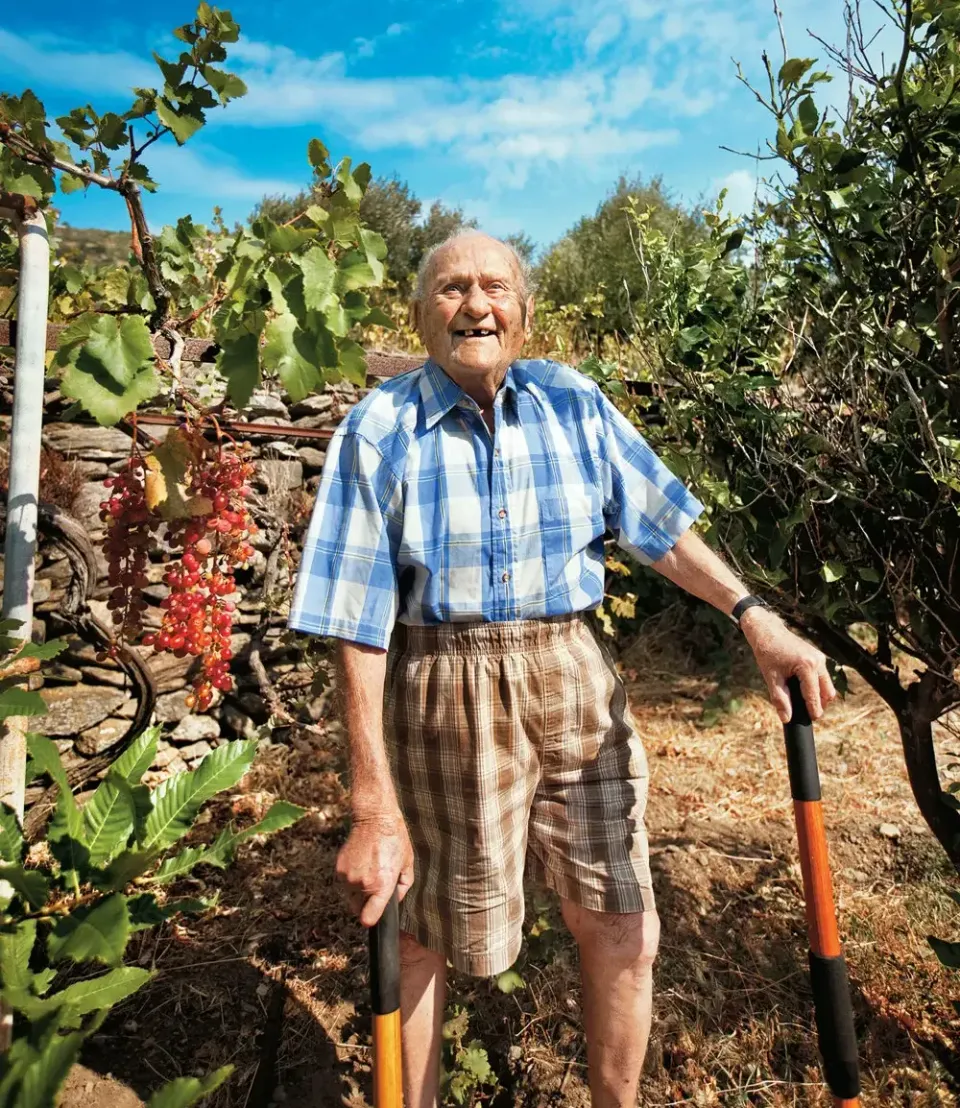That Friday Freeling
I could not help by picture myself in some of Elkin's own experiences, particularly when she questioned having reverse 'Paris syndrome' in Japan, and when she tracked down addresses of dead writers just to follow in their footsteps.

This week's book: Flâneause: Women Walk the City in Paris, New York, Tokyo, Venice, and London by Lauren Elkin
An ode to women walking the world. A best friend bought me this book after I moved back to NYC from Dubai. I received it in the mail one day and my joy must have felt like what Icelanders feel like during Jolabokaflod- or "the Christmas Book Flood." A tradition of gifting a new book to someone you love on Christmas Eve, snuggling up to a warm cup of (insert your choice here), while everyone participates in the holiday festivities: reading a book.
Women walking around the globe? Alone? Standing in their right to be seen, to take up space, to stick out, all by themselves? I wondered if there was a page or two in this book dedicated to moi. Turning the pages, there was not one reference to myself, but multiple references. For instance, I saw pieces of myself in the stories of historical figures that marched into and out of chapters, and I could not help by picture myself in some of Elkin's own experiences, particularly when she questioned having reverse 'Paris syndrome' in Japan, and when she tracked down addresses of dead writers just to follow in their footsteps as earnestly as Martha Gellhorn reporting from the front lines of the Madrid Civil War in the 1930s.
This one goes out to the Women.
Context: Lauren deep-dives into the meaning of the word flâneuse and looks inward as to why she loves walking in cities so much.
Sometimes I walk because I have things on my mind, and walking helps me sort them out. Solvitur ambulando, as they say.
I walk because it confers-or restores- a feeling of placeness. The geographer Yi-Fu Tuan says a space becomes a place when through movement we invest it with meaning, when we see it as something to be perceived, apprehended, experienced.
I walk because, somehow, it's like reading. You're privy to these lives and conversations that have nothing to do with yours, but you can eavesdrop on them. Sometimes it's overcrowded; sometimes the voices are too loud. But there is always companionship. You are not alone. You walk the city side by side with the living and the dead.
~ Lauren Elkin, Flâneuse 2016
Thoughts
"...a space becomes a place when through movement we invest it with meaning, when we see it as something to be perceived, apprehended, experienced."
Taking up space. Well, I thought you would never ask...
At the end of this walking journey, Elkin provides a postscript that discusses an iconic photo of a girl walking the streets of Florence, Italy. At a glance, she appears uneasy and worried. She is surrounded by gawking mean, ooohing, and aaahing, one of which is gallantly blocking her way. She doesn't make any eye contact, as though on a mission to swim straight through a school of biologically mature but emotionally unfledged fish, nothing can stop her.
This photograph, titled American Girl in Italy 1951 can be spotted today in ads for current exhibitions lining the metro walls, propped up in the window of bodegas across NYC, and on my dining room wall (always a conversation starter).
The woman in the photograph is Ninalee Craig. The photographer who took her photo is Ruth Orkin. Both Craig and Orkin were American girls in their 20s traveling alone in Europe. Orkin had recently wrapped up a shoot for Life Magazine and figured she could make some money while solo traveling. So on one particular day of antics and frolicking around the city Orkin snapped photos of Craig going about her day- talking with locals, flirting in cafes, and being saturated with the city's wonders to "show what it’s like to be a woman alone." The photo later was printed in Cosmopolitan magazine in 1952 in a photo essay titled, “When You Travel Alone…” The idea of an article encouraging women to travel alone during this time was unheard of.
One may look at the photo and think, oh poor girl, but this is quite the opposite of what these two women felt and wanted the viewer to feel. What Craig and Orkin wanted the world to grasp from this photo was independence and inspiration. The inspiration for women to go out and take up space no matter how many people were ogling.
Craig and Orkin gave us a real, unstaged snapshot frozen in time. They claim that day was all about fun, about being silly, about flâneause-ing around. Yet still interpretations of this photo fall into a shallow hole that is rickety around the edges. They can't quite figure her out. Is she that carefree? As a woman who has solo-traveled many times, I was drawn to this photo since the first time I saw it. To me, it was a woman doing her thing regardless of the audience around her, regardless of what people would think. She was a promenading muse gliding through time. She was art giving meaning to the space around her.
When Craig was interviewed in 2011 she stated, "It's a symbol of a woman having an absolutely wonderful time!"
Isn't she wonderful, the way she takes up space, the way she transforms that space?
~Zavoir




